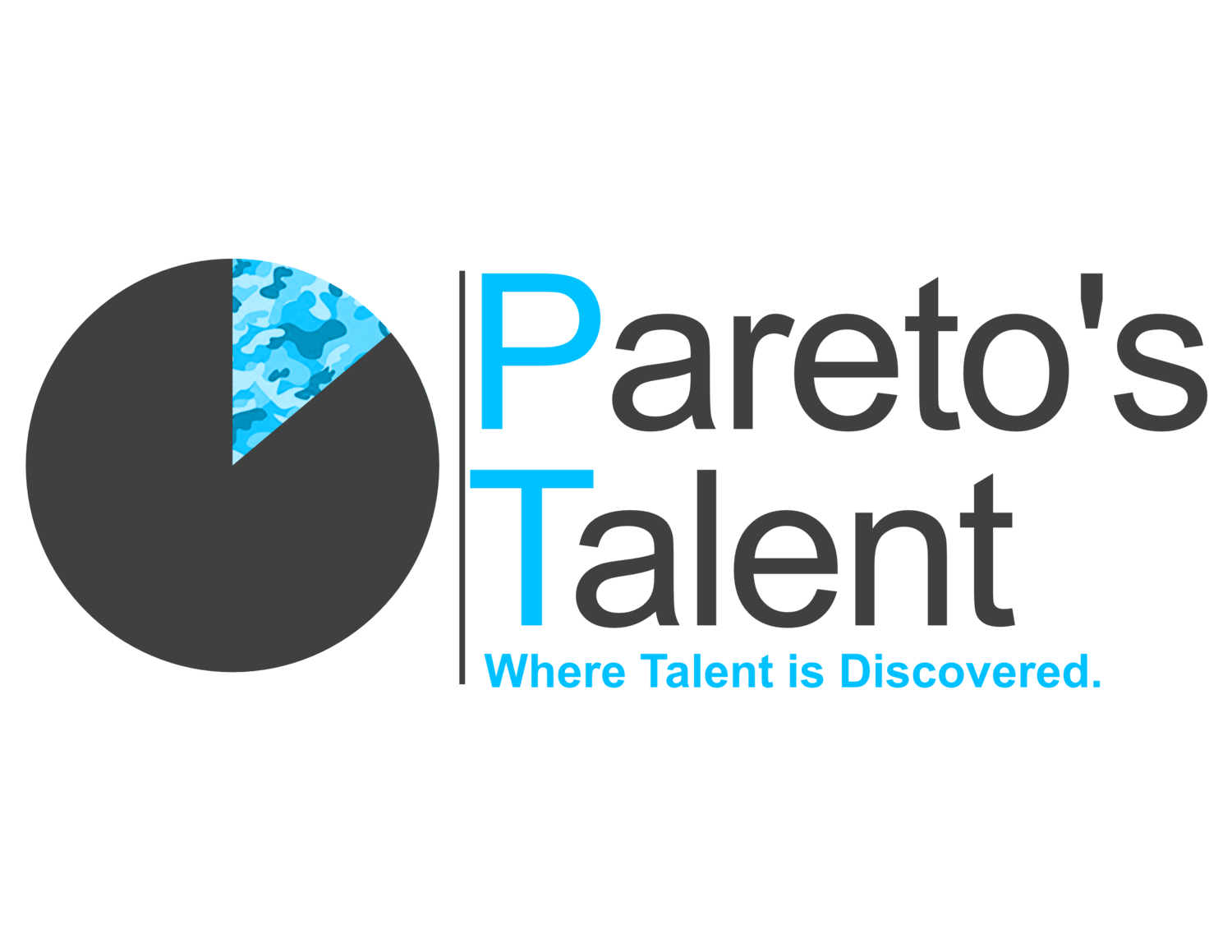Being able to attract, secure, and retain top talent is a core competitive advantage for any organization. Having the right process for reducing candidates entering the hiring funnel is key to identifying the best candidate for any given role. Best practices have proven that when sourcing is paired with both assessments and interviewing techniques, the ability to identify top talent goes up exponentially. Without all three elements (sourcing, assessments, interviews), hiring managers are forced to rely on their observations of a candidate and review of a resume which often are "enhanced" or "stretched" to seem like a good fit.
Sourcing
Sourcing is all about prospecting and attracting talent that fits both a specific role and the specific culture of an organization. Prospecting for talent occurs as:
One-off exercises
Annual campaigns
A Continuous exercise
There will always be recruiting needs that come up unexpectedly and require a one-off hiring event and annual campaigns that are essential for others (seasonal work, for example), but having a continuous and ongoing hiring strategy will keep a recruiting pipeline full and active with top talent that is engaged. Continual recruiting requires the ability to forecast the hiring needs of an organization. It also requires a recruiter to be in tune with both the short-term and long-term goals of the organization. The most significant benefit of continual recruiting is filling roles more quickly and efficiently because there is always a qualified and vetted candidate to hire.
Assessments
Assessments add a measurable component to validate and verify observations made by hiring managers. They allow for a recruiter to test a candidate for personality traits and soft skills. Results can be strong indicators of their personality fit for a role, a team, and the organization as a whole. This quantitative step takes the hiring process to a new level and is crucial to uncovering top talent that fits both the organization's role and needs.
Interviews
The most traditional leg of the hiring stool and often the least pre-planned for is the actual interviewing of a candidate. There are many types of interviews an organization can conduct, from traditional to serial to a panel of peers. When seeking top talent, no matter what the interviewing style of an organization, what's most important is to:
have an actual conversation with candidates
get the whole team involved
focus on culture vs. technical skills
All organizations want to hire top talent all the time, and having a solid hiring process is the best way to attract, hire, and retain top talent. Without all three elements, hiring managers are forced to rely on their observations of a candidate and review of a resume which often are "enhanced" or "stretched" to seem like a good fit. A solid hiring process requires commitment to consistently executing on all three elements – Sourcing, Assessments, and Interviews.

